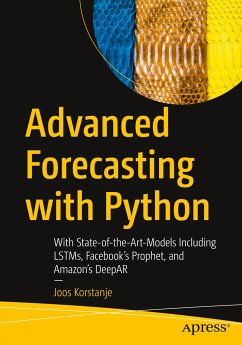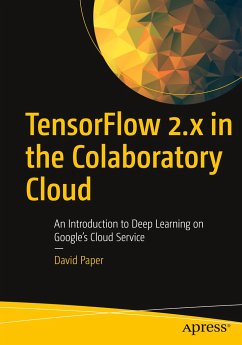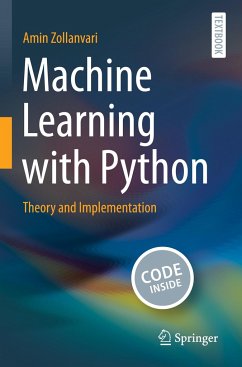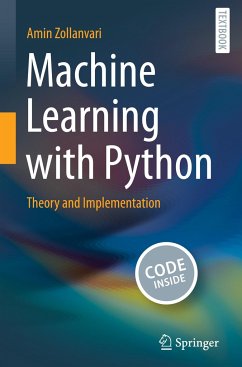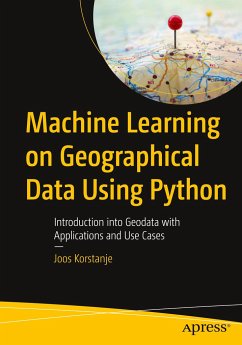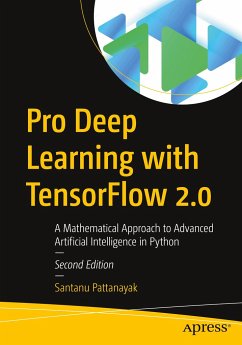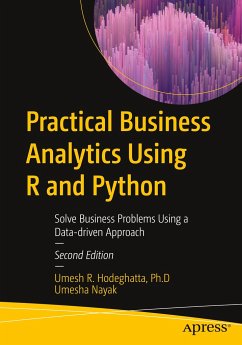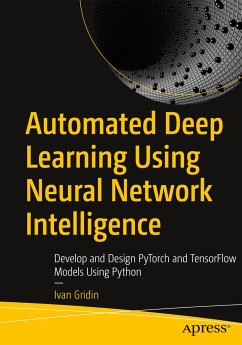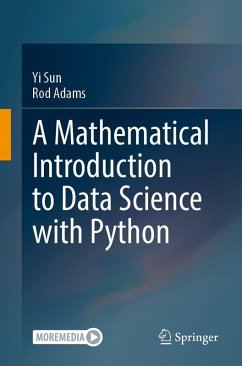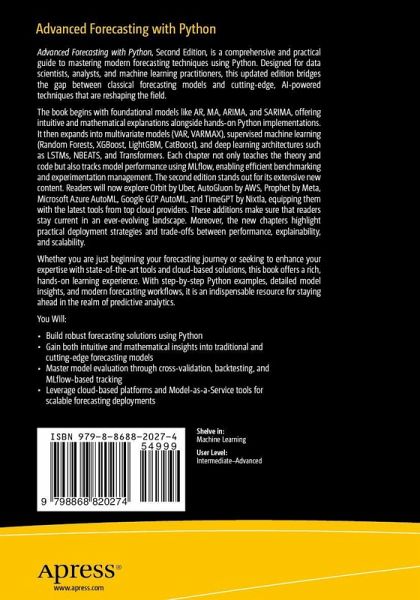
Advanced Forecasting with Python
Mastering Modern Forecasting Techniques with Machine Learning and Cloud Tools

PAYBACK Punkte
15 °P sammeln!
Advanced Forecasting with Python, Second Edition, is a comprehensive and practical guide to mastering modern forecasting techniques using Python. Designed for data scientists, analysts, and machine learning practitioners, this updated edition bridges the gap between classical forecasting models and cutting-edge, AI-powered techniques that are reshaping the field.The book begins with foundational models like AR, MA, ARIMA, and SARIMA, offering intuitive and mathematical explanations alongside hands-on Python implementations. It then expands into multivariate models (VAR, VARMAX), supervised mac...
Advanced Forecasting with Python, Second Edition, is a comprehensive and practical guide to mastering modern forecasting techniques using Python. Designed for data scientists, analysts, and machine learning practitioners, this updated edition bridges the gap between classical forecasting models and cutting-edge, AI-powered techniques that are reshaping the field.
The book begins with foundational models like AR, MA, ARIMA, and SARIMA, offering intuitive and mathematical explanations alongside hands-on Python implementations. It then expands into multivariate models (VAR, VARMAX), supervised machine learning (Random Forests, XGBoost, LightGBM, CatBoost), and deep learning architectures such as LSTMs, NBEATS, and Transformers. Each chapter not only teaches the theory and code but also tracks model performance using MLflow, enabling efficient benchmarking and experimentation management. The second edition stands out for its extensive new content. Readers will now explore Orbit by Uber, AutoGluon by AWS, Prophet by Meta, Microsoft Azure AutoML, Google GCP AutoML, and TimeGPT by Nixtla, equipping them with the latest tools from top cloud providers. These additions make sure that readers stay current in an ever-evolving landscape. Moreover, the new chapters highlight practical deployment strategies and trade-offs between performance, explainability, and scalability.
Whether you are just beginning your forecasting journey or seeking to enhance your expertise with state-of-the-art tools and cloud-based solutions, this book offers a rich, hands-on learning experience. With step-by-step Python examples, detailed model insights, and modern forecasting workflows, it is an indispensable resource for staying ahead in the realm of predictive analytics.
You Will:
Build robust forecasting solutions using PythonGain both intuitive and mathematical insights into traditional and cutting-edge forecasting models Master model evaluation through cross-validation, backtesting, and MLflow-based trackingLeverage cloud-based platforms and Model-as-a-Service tools for scalable forecasting deployments
Who this book is for:
This book is ideal for data scientists, analysts, and ML practitioners working on real-world forecasting problems. It suits both intermediate learners and experienced professionals looking to master state-of-the-art forecasting techniques.
The book begins with foundational models like AR, MA, ARIMA, and SARIMA, offering intuitive and mathematical explanations alongside hands-on Python implementations. It then expands into multivariate models (VAR, VARMAX), supervised machine learning (Random Forests, XGBoost, LightGBM, CatBoost), and deep learning architectures such as LSTMs, NBEATS, and Transformers. Each chapter not only teaches the theory and code but also tracks model performance using MLflow, enabling efficient benchmarking and experimentation management. The second edition stands out for its extensive new content. Readers will now explore Orbit by Uber, AutoGluon by AWS, Prophet by Meta, Microsoft Azure AutoML, Google GCP AutoML, and TimeGPT by Nixtla, equipping them with the latest tools from top cloud providers. These additions make sure that readers stay current in an ever-evolving landscape. Moreover, the new chapters highlight practical deployment strategies and trade-offs between performance, explainability, and scalability.
Whether you are just beginning your forecasting journey or seeking to enhance your expertise with state-of-the-art tools and cloud-based solutions, this book offers a rich, hands-on learning experience. With step-by-step Python examples, detailed model insights, and modern forecasting workflows, it is an indispensable resource for staying ahead in the realm of predictive analytics.
You Will:
Build robust forecasting solutions using PythonGain both intuitive and mathematical insights into traditional and cutting-edge forecasting models Master model evaluation through cross-validation, backtesting, and MLflow-based trackingLeverage cloud-based platforms and Model-as-a-Service tools for scalable forecasting deployments
Who this book is for:
This book is ideal for data scientists, analysts, and ML practitioners working on real-world forecasting problems. It suits both intermediate learners and experienced professionals looking to master state-of-the-art forecasting techniques.



